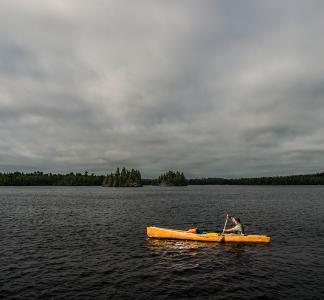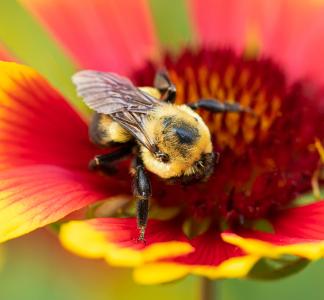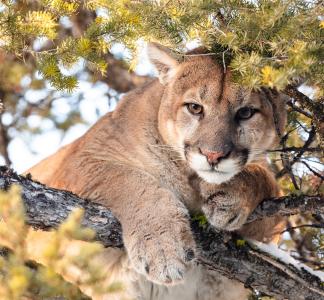People literally need wildlife to survive. Climate and extinction crises jeopardize that
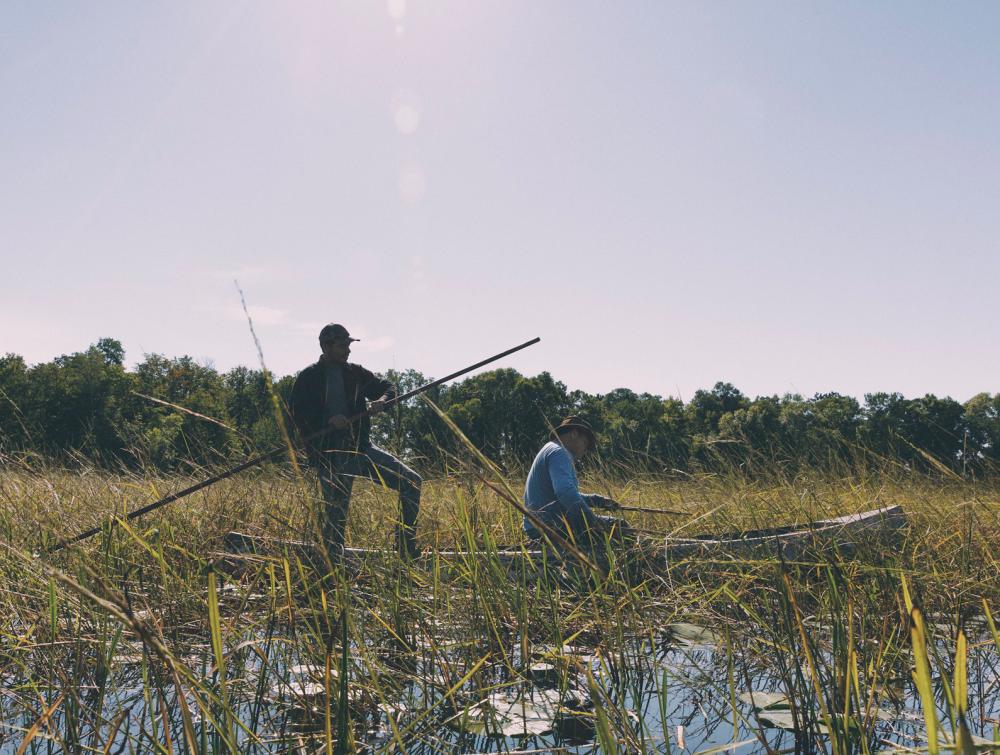
Wild rice harvest in Minnesota
Lorie Shaull, Flickr
Report: Billions worldwide rely on wild species
Zizania palustris, or wild rice, is a survivor. Its seeds can stay viable for five years, allowing a population of the plants to endure a rough spell. But it does need certain growing conditions to thrive—namely, clear water at a moderate depth.
This kind of habitat is abundant in the Upper Midwest, leading wild rice to become a staple of both diet and culture for the Ojibwe and other Anishinaabe people who have lived in the region for many centuries.
70% of the world’s poor depend directly on wild species, according to a new report
The relationship between Great Lakes Indigenous peoples and wild rice is highlighted in a recent report that shows billions of people worldwide rely on wild plant and animal species for daily needs that range from food to medicine to cultural inspiration. Notably, 70 percent of the world’s poor depend directly on wild species of some kind.
The problem: Climate change, reckless development, industrial logging and other human-made causes are threatening wild nature, posing a direct threat to countless communities.
In the case of wild rice, studies suggest it will have a harder time growing as the climate continues to heat up. Water pollution from mines is another big threat; the U.S. Forest Service recently said a proposed mine next to the Boundary Waters Canoe Area Wilderness, in Minnesota, would cause disproportionate risk to Indigenous communities by way of tainted wild rice and other food sources.
There is a tradition that the Ojibwe people are to live “where the food grows on the water.” But as that food growth becomes more of a struggle, those traditions—that life itself—faces an existential threat.
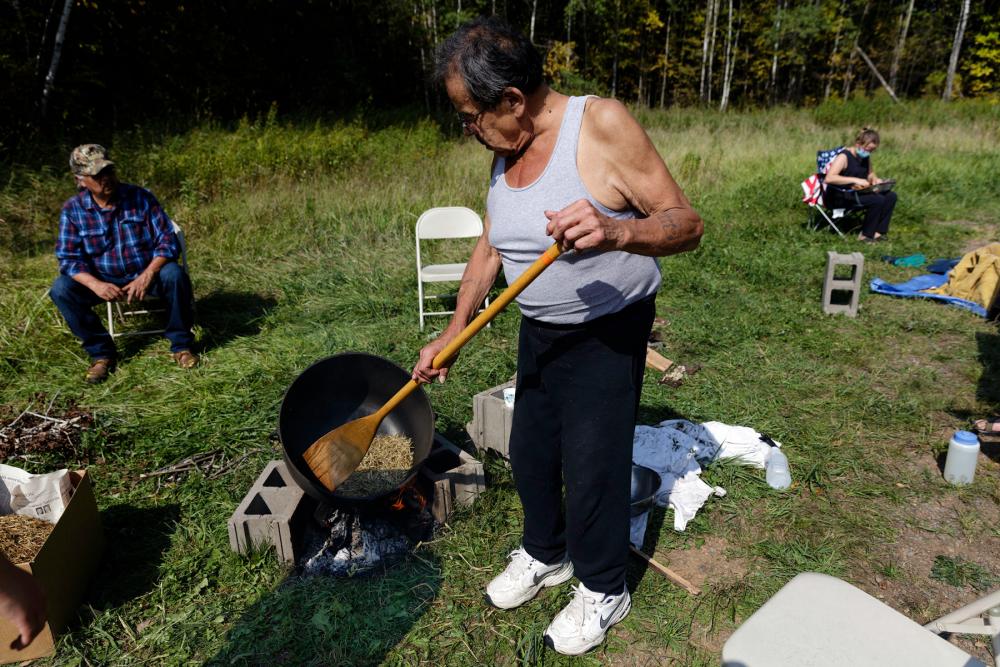
Stirring recently harvested wild rice at a wild rice camp in Minnesota
Lorie Shaull, Flickr
Indigenous relationships with plants and animals key
The new report comes from the Intergovernmental Science-Policy Platform on Biodiversity and Ecosystem Services, which is sometimes called the “IPCC for biodiversity.” It illustrates that more people depend on plants and animals than you might expect, and offers some solutions for more sustainably managing them.
One of the biggest takeaways is that Indigenous peoples' stewardship of wild plants and animals tends toward more sustainable use of species. These traditional practices often avoid waste and are based on a more equal and reciprocal relationship with nature. The report points out that deforestation is usually lower on Indigenous lands and suggests policymakers more actively involve indigenous peoples and local communities in decisions.
It’s another reminder that as the U.S. makes progress on the goal of protecting 30 percent of lands and waters by the year 2030, it will be important to uphold tribal sovereignty and incorporate tribal rights to use lands for traditional purposes.
What can we do about it?
We already know that the extinction crisis hurts people, but the new report underlines the stakes.
As climate change and other threats put more pressure on wild nature—and therefore on people—it’s vitally important we secure a network of land and water that lets species adapt and endure, a life-support system that will stand as a bulwark against extinction here and abroad.
Learn more about why we need to protect at least 30 percent of lands and waters by the year 2030.
